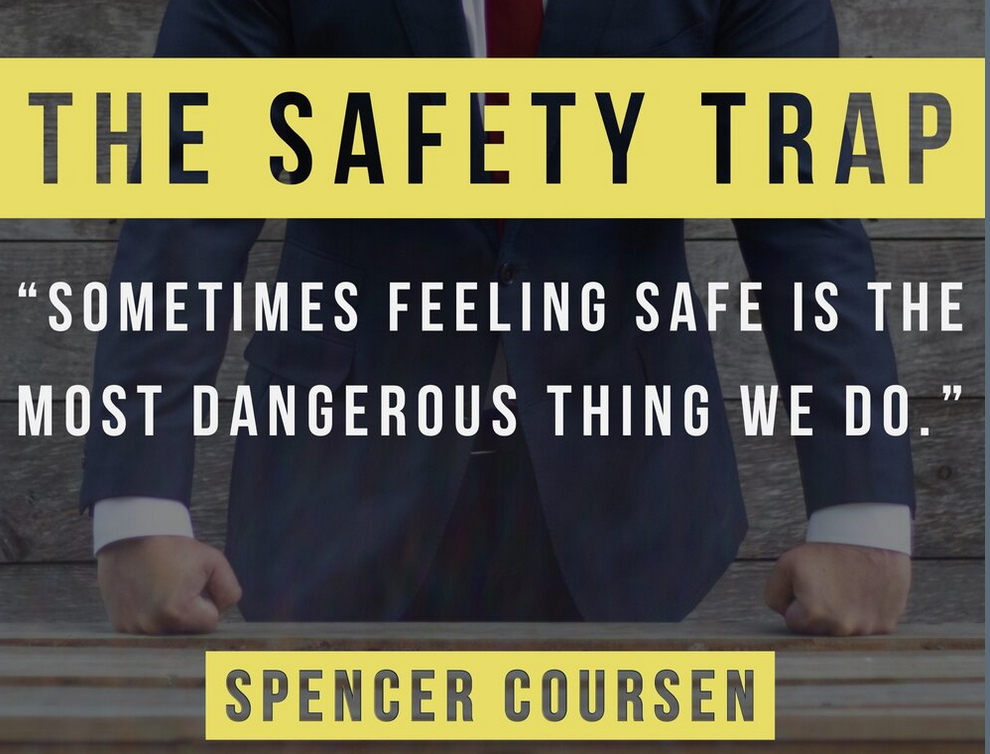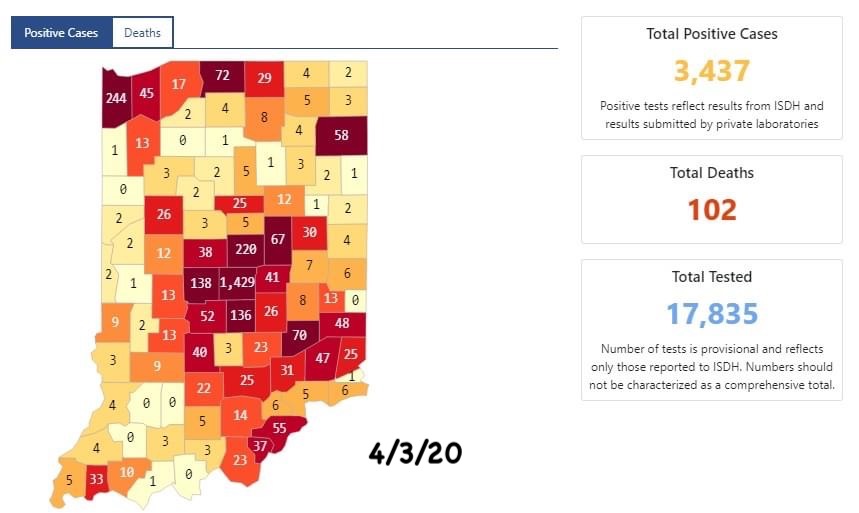
It’s easy to take the safety of our American landscape for granted. It is such a powerful notion, leading many of us to view our country as impenetrable.
Safety brings an incredible sense of security to each of us. And it’s that sense of security that behaviorally deceives each of us into thinking that we can evade this new invisible attacker by simply being careful.
The fact is that this COVID-19 needs hosts to survive. Progressive transmission depends on host contact and the host community.
Humans are created to live in a community and not in isolation.
This coronavirus COVID-19 preys upon our created nature to commune and interact with one another.
Americans in particular are especially prone to interact with little restraint because we are conditioned to trust in our safety culture. Our social order is predicated upon harmless interaction that is unspoken but understood by millions of us.
But now a virus hits the country that pierces our safe veil and attacks us based on our connectedness.
America is leading the world in the number of infections with COVID-19. Some will say it’s because we are testing more people than any other country. Some will blame our government for its tardy intervention to protect our people. Although these may be factors, the real source is found within our own behavior.
We are so used to social interactions that are laced with safety that we find it difficult to alter our patterns and habits. The older will blame the younger, younger will blame the older. All the while, the virus searches for the next unknowing host in order to survive.
Yes, it’s a robust virus that can infect 3 people for everyone in contact with an infected host, but its propagation is based on its evolutionary adaptation to our behavioral nature. Humans won’t stop our connectedness long enough to limit its silent transmission.
Obviously, separation from one another is much more difficult in cities densely filled with people layered on top of each other. Thus many of our grand cities with large ports of entry from land, sea, and air will be prime targets. Like New York City.
Those in less dense areas will be lulled to believe that this is a big city problem, and the virus will leapfrog over them due to their more remote location.
Don’t eat that apple, please. It is coming your way, and if you don’t change your pattern of behavior of interacting with other humans, you will succumb to the virus’s need for a new host.
Just look at my home state of Indiana this past week. We are more rural in nature, but Indianapolis is under siege and it is coming to the rest of the state. This is being replayed in each state of our union.


What is unspoken, but is understood in this great nation is made of a vast network of safe communities that allow interpersonal interactions with little regard for its negative effect on our well-being. Having traveled to many places in the world, I am keenly aware that safety is one thing that makes our country so great. It’s simply unspoken but understood.
This illusion of safety is what the virus preys upon, our collective sense of harmless human interaction that is impervious to an invisible enemy. But this is a foe who is capable of surviving on inanimate objects long enough to latch onto the next unsuspecting host.
Our biological footprints are much wider, more diverse, and have massive potential for geographical transmission like no other time in history. The ease of international commerce and national overnight supply chains places us all in closer proximity than we can imagine.
You might be avoiding contact with your neighbors, but your food sourcing from the local market and online retail purchases all bring biological enemies into your home.
My brother-in-law lives off the grid in the mountains surrounding Seattle, doing his work remotely. No one else lives with him. But his one trip to the grocery store over a 3 week period, garnered him an unwanted guest, COVID-19. Thankfully he is recovering quickly.
What has always been a wellspring of healing and caring for my own community, my hospital, and my medical clinic, are now reservoirs for this nasty bug. I have had to change my clinical operations, my interactions, and my personal safety in this environment. My daily footprint now involves stepping into high-risk places for the virus to latch onto me as its next victim-host as it tries to survive. It lurks no matter the protective measures used.
Then there is my home, which has long been a bastion of safety and a peaceful harbor from the constant tugging of rural primary care. Now it is no longer a safe place, but rather is a high-risk zone in which this aggressive virus quietly and stealthily tries to get to my sheltered loved ones. It can only get to them through me, such a sobering thought for a husband and father who has always attempted to be a vigilant protector of our home.
Safe places are no longer safe. That’s what rocks our world as we pensively try to avoid becoming a victim of this virus’s stealth 5 day incubation period in its host.
This virus exposes the illusion of our safety.
The unspoken safety, that’s understood as part of being an American.
In order to survive this virus each of us will need to re-consider what we once considered safe in reference to our biological footprint.
Cell phone data and surveillance proves we are not good at sheltering in place.
What is being spoken by our public health officials about the necessary changes in our movements and interactions must be both understood and embraced, or many will needlessly die as the virus moves on from host to host.

Dr. Inc.


